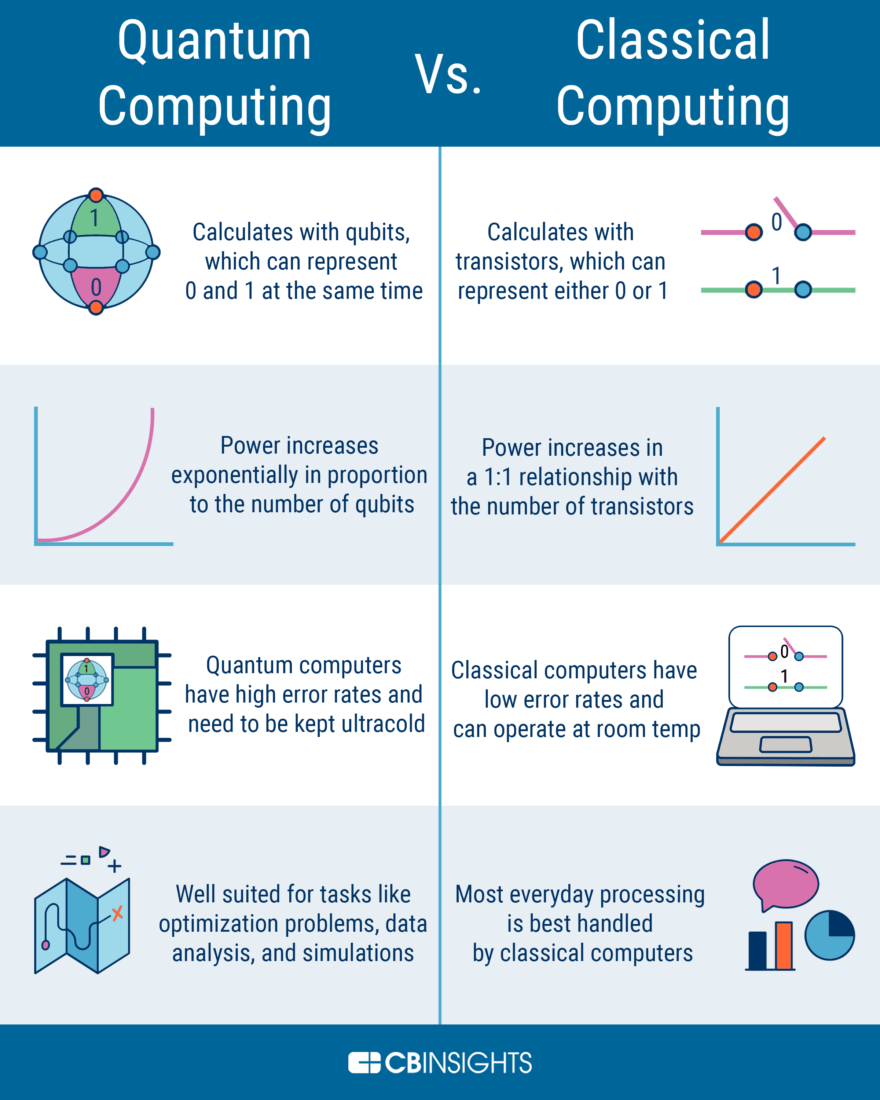Quantum computing, often heralded as the next frontier of computational prowess, has captivated both the scientific community and the public imagination. Its promise to exponentially accelerate problem-solving capabilities and enhance data-processing efficiency invites a plethora of inquiries regarding potential alternatives. Indeed, the quest for more powerful computing paradigms elicits curiosity and awe, uncovering not only technological possibilities but also the underlying principles of computation. This exploration will delve into viable alternatives to quantum computing, focusing on classical computing advancements, neuromorphic computing, and optical computing, each offering unique insights into the evolving landscape of computation.
At the forefront of this discussion is classical computing, which, despite being seemingly overshadowed by the allure of quantum mechanics, remains a robust and adaptable paradigm. Modern classical computers, particularly those leveraging advancements in semiconductor technology and multicore architectures, continue to realize significant improvements in speed and efficiency. Innovations such as concurrent processing, out-of-order execution, and cache optimization have enabled classical systems to tackle complex computational tasks more proficiently than ever before.
One notable advancement is the evolution of machine learning algorithms, primarily driven by traditional computing architectures. As data volumes proliferate in our digital age, employing sophisticated algorithms for predictive analytics and pattern recognition has become indispensable. Classical computing systems are adept at processing large datasets, providing a practical solution for industries ranging from healthcare to finance. The recent development of specialized hardware—such as Graphics Processing Units (GPUs) and Tensor Processing Units (TPUs)—further underscores the capability of classical systems to execute intricate calculations efficiently.
While classical computing continues to advance, a more provocative alternative lies in neuromorphic computing. This emergent field draws inspiration from the architecture and functionality of biological neural networks. By mimicking the way the human brain processes information, neuromorphic systems promise to dramatically enhance efficiency in specific types of tasks, particularly those requiring adaptive learning and cognitive computing. These systems utilize spiking neural networks to replicate synaptic behavior, resulting in energy-efficient computations.
The appeal of neuromorphic computing transcends mere performance metrics; it hints at a deeper philosophical fascination with the essence of intelligence itself. By endeavoring to replicate human-like processing capabilities, researchers posit that we may unlock new understanding regarding the principles of learning and cognition. This duality of purpose—practical application alongside theoretical enlightenment—enriches the engagement with neuromorphic systems, marking a promising trajectory in the landscape of computation.
Furthermore, optical computing emerges as another formidable alternative to quantum paradigms. Utilizing photons rather than electrons, optical computing systems promise to achieve unprecedented speeds while mitigating the heat dissipation challenges faced by traditional electronic circuits. Because light signals can propagate simultaneously across a network, optical computing is particularly well-suited for operations that involve extensive parallelism—an attribute that is increasingly critical as data-driven applications proliferate.
An additional benefit of optical computing is its potential to revolutionize telecommunications and data transfer. The ability to transmit vast amounts of information through optical fibers, combined with ultra-fast processing capabilities, could facilitate significant advancements in global connectivity. In this context, optical computing embodies not just a means to enhance computational power but also a foundational technology that could reshape data infrastructure.
While exploring these alternatives, it is essential to acknowledge the interdependence among these paradigms. Classical computing advancements provide the groundwork upon which neuromorphic and optical computing thrive. Each approach contributes to a broader understanding of computational possibilities, reinforcing the notion that the future of computing is not a solitary path but an intricate web of interconnected technologies. Each alternative offers distinct advantages, and the cumulative evolution of these capabilities may ultimately lead us toward innovative solutions for problems currently deemed intractable.
As we traverse this multifaceted realm, the fascination with computing alternatives extends beyond merely technological progress. It encourages a philosophical inquiry into the nature of information itself and our relationship with machines. The idealized notion of an omnipotent quantum computer serves as a rallying point for theoretical exploration, but the practical advances in classical, neuromorphic, and optical computing represent grounded, tangible steps forward.
In summation, while quantum computing captivates with its potential, viable alternatives such as advancements in classical computing, neuromorphic systems, and optical computing significantly contribute to our computational capabilities. Each of these modalities not only fulfills specific computational needs but also fosters deeper reflections on the interplay between intelligence, technology, and society. The interdependence among these emerging paradigms illustrates a cooperative future where diverse approaches converge, creating a rich tapestry of innovation. Collectively, these technologies chart a compelling course toward a future replete with possibility, deepening our understanding of computation and its implications for humanity.












